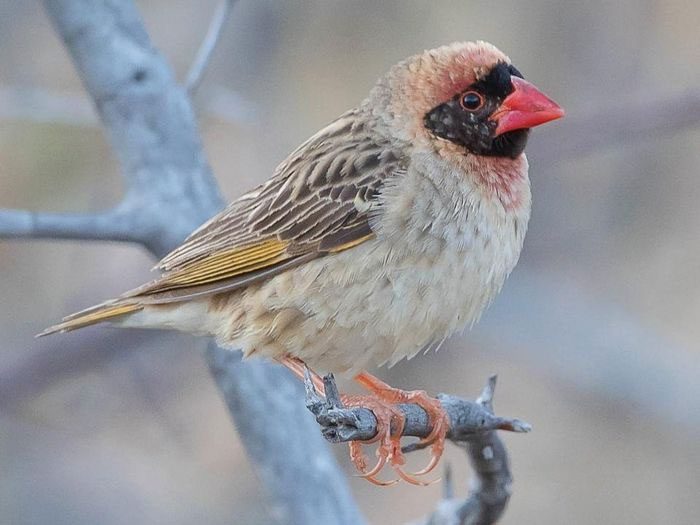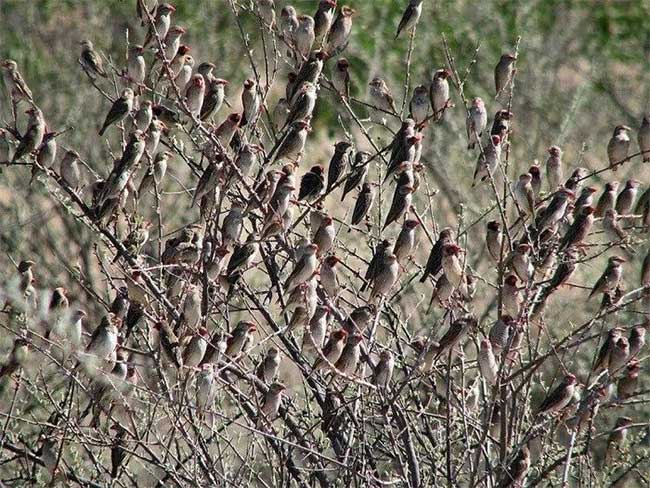Conservationists hope that the use of pesticides will help limit the number of Quelea birds that are devastating crops and harming other bird species.
The Kenyan government’s decision to eradicate up to 6 million Quelea birds that are ravaging the fields poses a serious risk of unforeseen consequences for predatory birds and other wildlife, according to The Guardian.

The Kenyan government is working to eradicate 6 million Quelea birds that are devastating the fields. (Photo: Ebird).
Continuous drought in the Horn of Africa has led to a decline in the native grasses, which are the primary food source for these birds. This has resulted in increasing incursions into grain fields, with 800 hectares of rice being destroyed. Over one million square meters of rice fields have been attacked by Quelea.
According to the Food and Agriculture Organization (FAO), a single Quelea bird can consume up to 10 grams of grain each day. This means that farmers in western Kenya face a potential loss of nearly 60 tons of grain.
Fenthion is an organophosphate pesticide used for pest control in Africa. This pesticide has been described by researchers as “highly toxic to humans and non-target animals.”
Paul Gacheru, a wildlife and natural areas manager at Nature Kenya, a local branch of BirdLife International, stated: “the widespread use of pesticides targeting non-target species can lead to environmental contamination and the death of many other animal species.”

A flock of Quelea birds perched on tree branches. (Photo: Wikimedia Commons).
With an estimated breeding population of 1.5 billion Quelea birds in Africa, ornithologists find that the number of predatory birds is insufficient to cover the extensive areas inhabited by Quelea, as well as to manage the flocks effectively and in an environmentally friendly manner.
FAO and the United Nations Environment Programme are jointly developing the Rotterdam Convention, aimed at minimizing risks from hazardous agricultural chemicals. They are researching the inclusion of fenthion in Annex III of the convention, which lists pesticides and industrial chemicals that are banned or strictly restricted due to environmental or health concerns.
“If controlled effectively, the amount of fenthion used could be reduced. At the same time, it is necessary to identify suitable breeding areas using satellite imagery or forecasting where the birds are likely to breed,” the report states.
The invasion of Quelea birds frequently occurs in many African countries. Six months ago, the FAO provided $500,000 to the Tanzanian government to assist in pesticide spraying, monitoring, and capacity building after 21 million Quelea birds damaged rice, sorghum, millet, and wheat fields.


















































